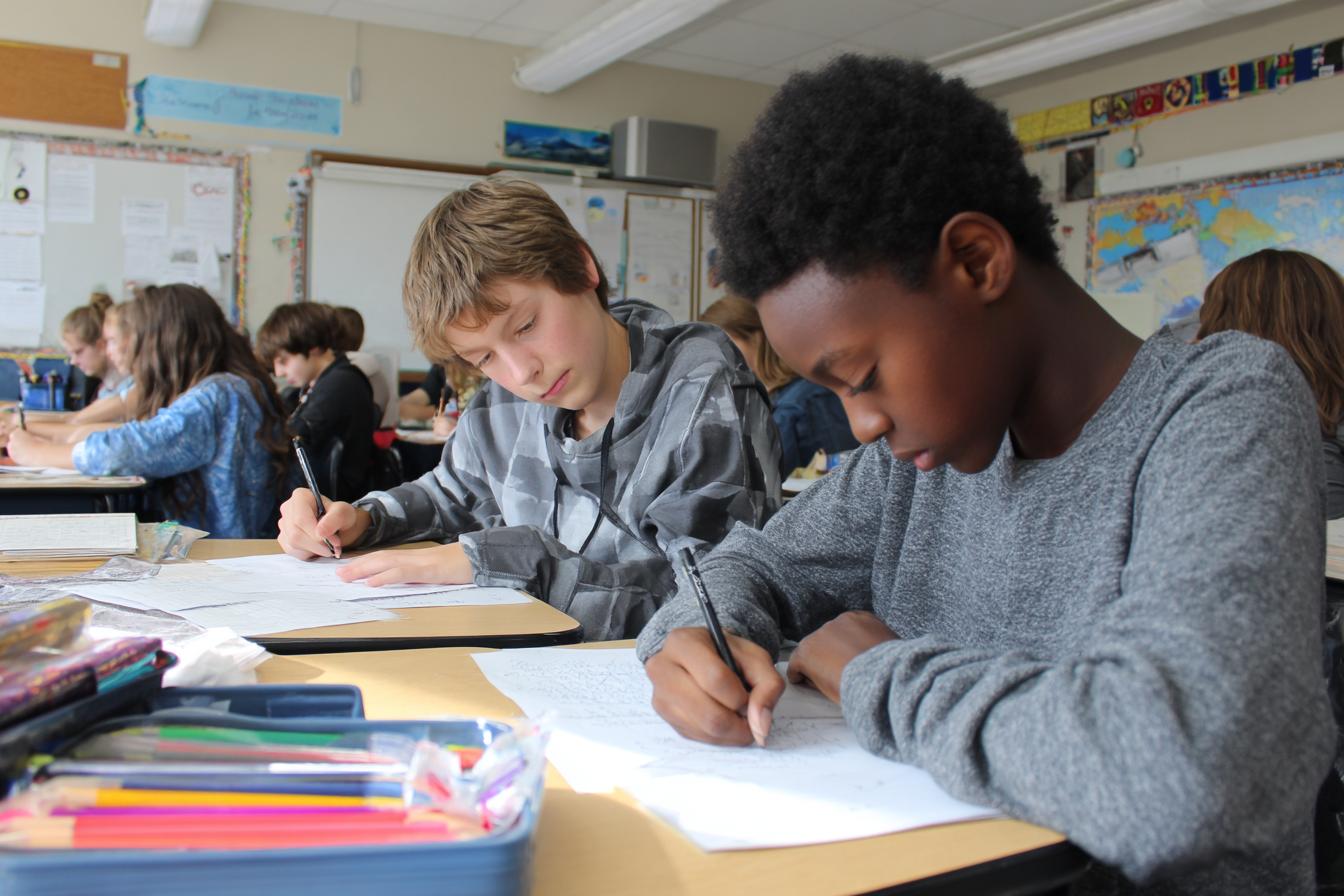Unit Plan 34 (Grade 6 Math): Geometry Power-Up—Area, Surface Area, Volume
6th graders deepen geometry fluency by finding area through composition/decomposition, calculating surface area from nets, and determining volume with fractional edge lengths. Students use diagrams, coordinate grids, and clear units to justify and communicate their methods.

Focus: Targeted practice across area of polygons, surface area via nets, and volume of prisms with fractional edges.
Grade Level: 6
Subject Area: Mathematics (Geometry — Area, Surface Area, Volume)
Total Unit Duration: 5 sessions (one week), 45–60 minutes per session
I. Introduction
This geometry power-up strengthens core measurement ideas. Students compose/decompose shapes to find area of triangles and special quadrilaterals, compute surface area of right prisms and pyramids using nets, and determine volume of right rectangular prisms with fractional edge lengths. Emphasis is on units, diagrams, and communicating why a method works.
Essential Questions
- How can composition and decomposition make tough area problems manageable?
- How do nets help us see and calculate surface area?
- Why does volume multiply the three edge lengths (or base area and height), even with fractional measures?
- How do units (square vs cubic) communicate what we’re measuring?
II. Objectives and Standards
Learning Objectives — Students will be able to:
- Find area of triangles and special quadrilaterals (parallelograms, rectangles, trapezoid-by-decomposition) and composite figures using cut-and-rearrange reasoning.
- Build and interpret nets of right rectangular prisms and right square pyramids; compute surface area from faces.
- Compute volume of right rectangular prisms with fractional edge lengths using unit cubes and formulas V = l x w x h and V = B x h.
- Use coordinate grids to obtain horizontal/vertical segment lengths needed in area/SA tasks and justify units.
- Explain methods and check reasonableness with labeled diagrams and unit sentences.
Standards Alignment — CCSS Grade 6
- 6.G.1: Find the area of right triangles, other triangles, special quadrilaterals, and polygons by composing/decomposing; apply to real-world and mathematical problems.
- 6.G.2: Find the volume of a right rectangular prism with fractional edge lengths by packing with unit cubes and by V = l x w x h or V = B x h; apply to real-world and mathematical problems.
- 6.G.3: Draw polygons in the coordinate plane given coordinates of vertices; use coordinates to find lengths of sides (when horizontal/vertical).
- 6.G.4: Represent three-dimensional figures using nets of right rectangular prisms and right pyramids; use nets to find surface area; apply to real-world and mathematical problems.
- Mathematical Practices emphasized: MP.1 (make sense), MP.4 (model), MP.5 (use tools), MP.6 (precision), MP.7 (structure).
Success Criteria — Student Language
- I can decompose a shape and find its area with a clear diagram and square units.
- I can build/read a net and find surface area by summing face areas.
- I can find volume of a prism with fractional edges and explain what the number means in cubic units.
- I can pull needed lengths from a coordinate grid and label units.
- I can explain why my method works and check if my answer is reasonable.
